Augmented Meditation: HRV Training
Besides exercise, a tool/practice I have been enthusiastic about is Heart Rate Variability (HRV) Training. It has helped me to be more relaxed in stressful situations and much more aware of my body in general.

At the Technische Universität in Vienna, a few minutes before going on stage.
What is Heart Rate Variability?
HRV describes variations in the time between heartbeats. Your heart does not beat at a constant frequency like a metronome. HRV is typically measured in milliseconds and is calculated by taking the difference between the longest and shortest intervals between heartbeats over a specific period of time.
A higher HRV indicates that the heart can adapt to changing demands, which is generally considered a sign of good physical and mental health. On the other hand, a lower HRV indicates that the heart is less able to adapt and may be a sign of stress or poor health.
HRV training has been used by Soviet Union sports scientists since the 70s. Hospitals use it to treat patients with cardiac diseases, and psychologists use it to treat depression, anxiety, and ADD/ADHD. Over the past decade, HRV has spread across many fields and is gaining popularity as a measure of overall health.
How to Control Your Nervous System
Some of the world’s most effective performers use HRV as an integral part of their training. This includes Olympic athletes who are meticulous about investing their resources only in tools that are effective. I am not an athlete, but what makes it so valuable to me is the instant visual feedback on what is happening in my body.
Here is a screenshot from a recent training session.
I started the session feeling quite stressed and breathing poorly. By the end, after less than ten minutes, I felt relaxed and centered.
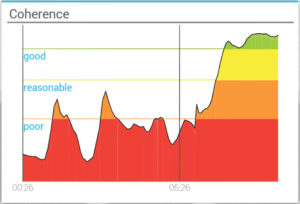
The Effects of Stress on the Body
I am usually uncomfortable in larger groups of people – I get sweaty armpits and generally feel tense. In past stressful periods of my life, my quality of sleep is terrible and my jaw and upper back got extremely tense.
Over the past few years, I have learned to be much more attuned to the level of stress my body is experiencing and to have some control over how I feel. I want to become less reactive and better able to choose how I respond to pressure. I use HRV training with guided breathing to become present with what is and as a tool for dissolving tension.
If I’m tense and anxious, I don’t make good decisions. The better I feel, the better my work as an artist and teacher.
How does HRV Training work?
To change my mental state, I change my physiology. The most direct way to affect my body is through breathing, so my HRV training sessions revolve around breathing practice. It’s been remarkable how immediate the effects are. Biofeedback makes these changes visible, in real time, on the screen of my phone.
HRV training requires a smartphone, an app, and a precise instrument to measure your heart rate. There are generally three options for taking measurements:
- A chest strap
- An optical sensor in the form of an ear clip or finger sensor
- A smartphone camera
Historically, chest straps have been least comfortable but most accurate. Smartphone cameras have been most comfortable but least accurate. Ear clips or finger sensors fall somewhere between. I have been using a Bluetooth ear clip from Kyto Fitness and recently the H10 chest strap from Polar.
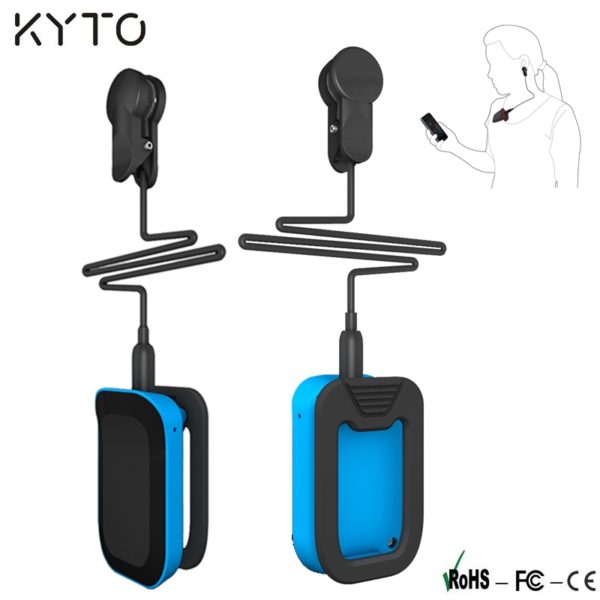
The Kyto ear clip sensor.
HRV Apps and Sensors
I’ve tried 15+ apps to find the one I like best. Here is what I’ve learned:
Free Apps
There are many free apps that measure simple heart rate (HR). What we need is something that goes a step further and measures heart rate variability (HRV).
Free App + $25 Ear Clip
This is a great starter kit: Kyto Bluetooth Ear Clip + EliteHRV app. This sensor has been compatible with all the apps I’ve tested, and the app is solid.
$5 App + Built-In Smartphone Camera
If you want to get started without an external sensor, the app with the highest value for the lowest price is HeartRate+. The interface is not as attractive as others, but HeartRate+ allows you to customize the breathing pattern, which is important.
No smartphone?
You can practice breathing without visual feedback. Just by listening to your body. Try to maintain the same breathing speed for a few breath cycles. Most people relax optimally at around 6 breaths per minute. Give this a go right now: Breath in through your nose for 4 seconds, pause briefly, breathe out through your mouth for 6 seconds, pause briefly. Continue for around ten rounds and notice the change in how tense or relaxed you are.
By the way, have you ever been told to “take a deep breath and relax”? What I’ve learned from HRV research is that this is bad advice. If you want to calm yourself it is much more effective to focus on maintaining the same speed of breathing rather than breathing deeply.
I invite you to pick one of the methods above and give it a try!
Further Resources
If you want to get deeper into breathwork, check out the Wim Hof Method or traditional Pranayama (breathing yoga). And here is an interview with Dr. Leah Lagos describing her 10-week guided breathing course.

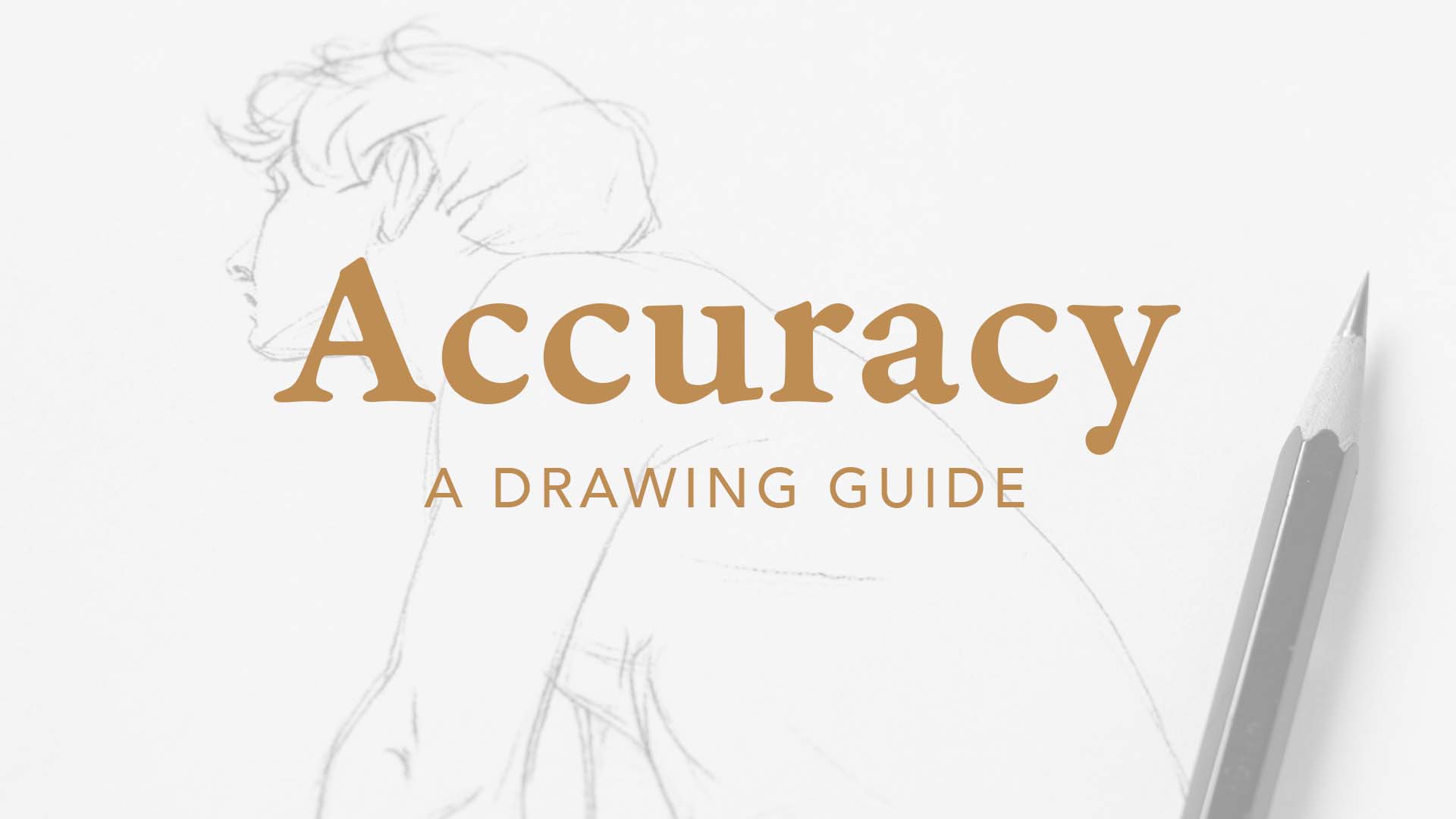
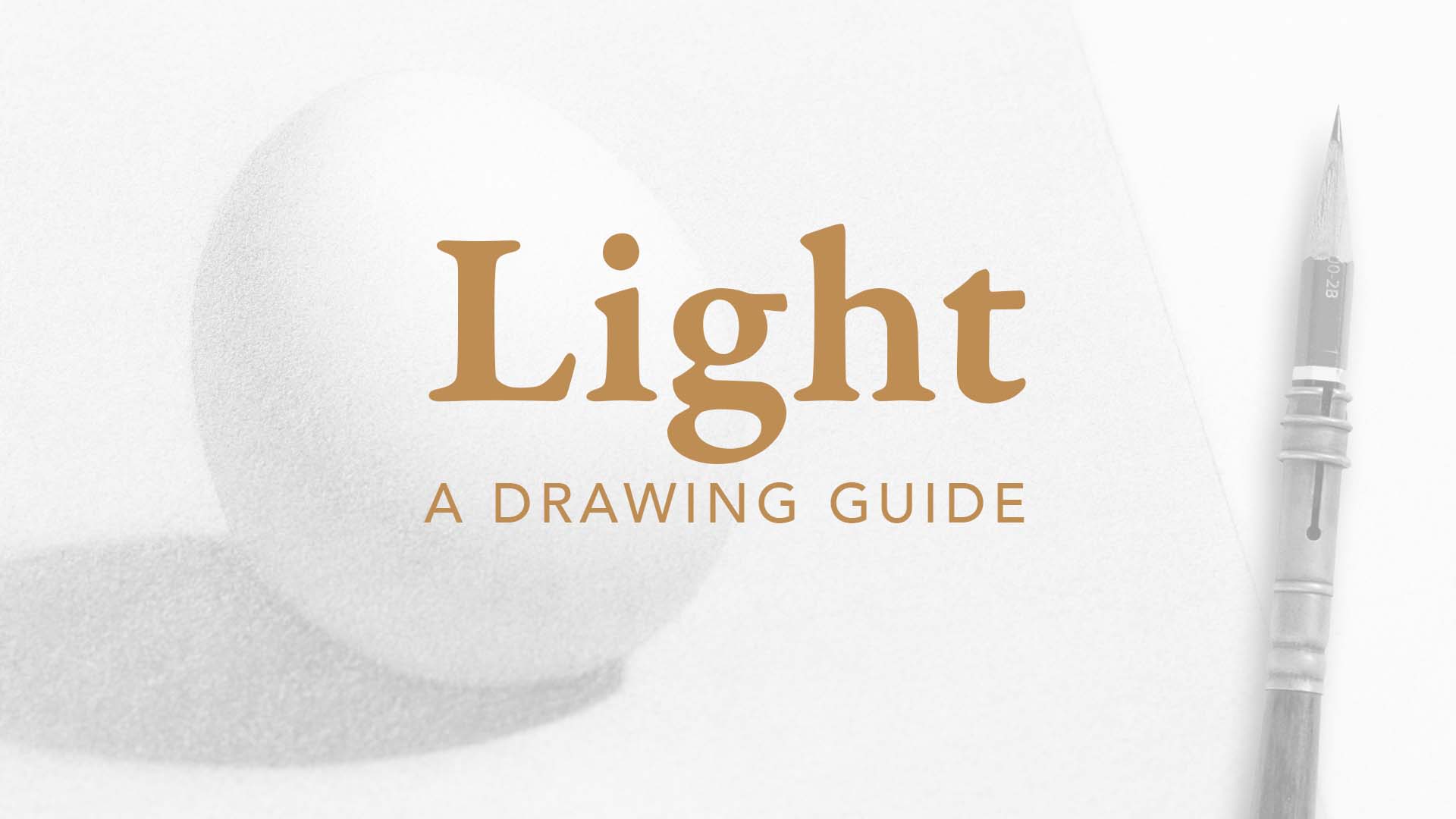
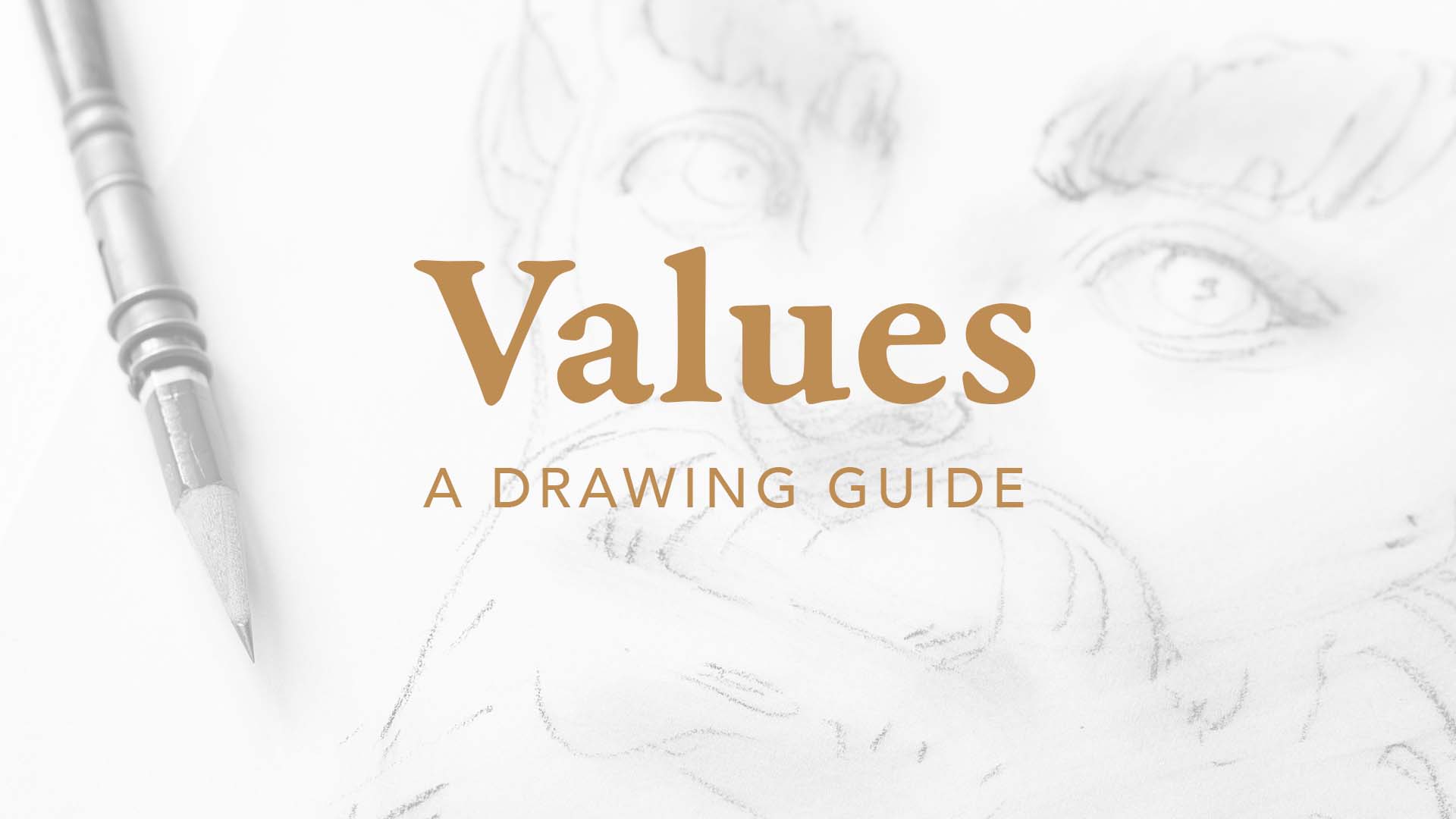

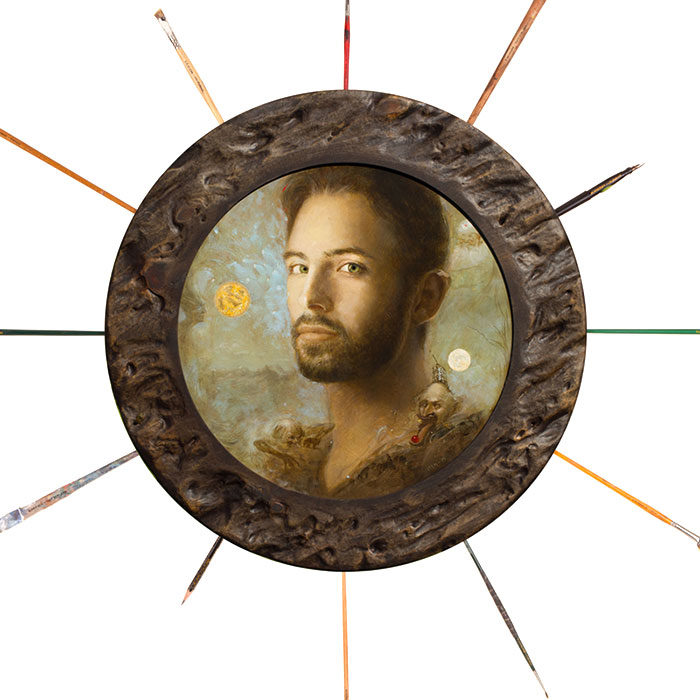
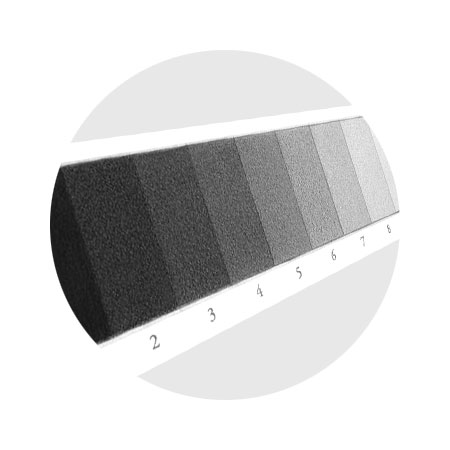
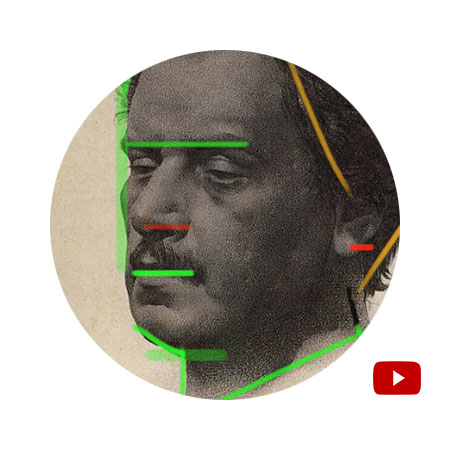
Hi Dorian, thanks for your advice.
I just started trying with a Polar H10 chest strap and the Elite HRV app.
Any further advice? Why do you prefer the Compete Coherence app?
Thanks in advance for your reply. Best regards, Alejo
Nice! I like the Complete Coherence app for its interface and the ability to specifically train resonant breathing.
Hi Dorian,
Is the kyto clip compatible with elitehrv which is one of the most recommended hrv apps?
Beat Regards
Eflodur
Hi Eflodur, yes the Kyto ear clip sensor works with Elite HRV! I just tested it 🙂
Hi Dorian,
Have you found any apps that are able to give the user a notification or alarm when HRV gets below a certain level?
Hi Renee,
At the moment I’m not aware of an app or product that notifies the user when HRV drops below a certain level. Here is an article about someone using an Apple Watch for continuous HRV tracking that might be useful: https://www.cnet.com/news/apple-watch-uncovered-my-toxic-stress-level-and-helped-me-fix-it.
Hi Dorian,
Currently doing HRV breathing exercises with the Polar H10, do you know of an app that users audio feed back so as to be able to do the exercises with eyes closed? Elite HRV has audio feed back but only for the breathing, not the holds.
Thanks mate.
Ben
Hi Ben,
So far, I haven’t found an HRV app that has audio guidance for the breath holds.
The HRV4Biofeedback app has a vibration guide that might do what you need, but I haven’t tested it. If you find an app, please let us know!
I’m quite curious about the coherence heart trainer BUT, the have insufficient info regarding compatible monitoring devices. I currently have a wahoo tickr X chest strap as well as a heartmath emwave PC ear clip and usb dongle. Are you aware of either of these devices being compatible? I’d be downloading the app on my ipad.
Hi Geo,
I’m not sure if your heart rate monitoring devices will be compatible. I think it depends on the resolution of data that is captured. The app officially supports the Kyto ear clip and Polar H10 chest strap. If you end up trying it out, please report back! 🙂
Hello Dorian,
You recommend the “Complete Coherence” app but I can’t find it in the Play store. I think the app is discontinued. Is there another app you recommend als an alternative? I have just bought the Polar H10 strap.
Greetings,
Bart from Belgium
Hi Bart,
I loved the Complete Coherence app, I’m sad it’s gone 🙁
The apps I’m aware of that get closest in functionality are: HeartRate+ Coherence PRO. and EliteHRV.
This course with Dr. Leah Lagos might be useful, too: https://elitehrv.com/10-weeks-of-resonance-breathing-with-dr-leah-lagos.
If you find any other app that works well for HRV training, please let me know!